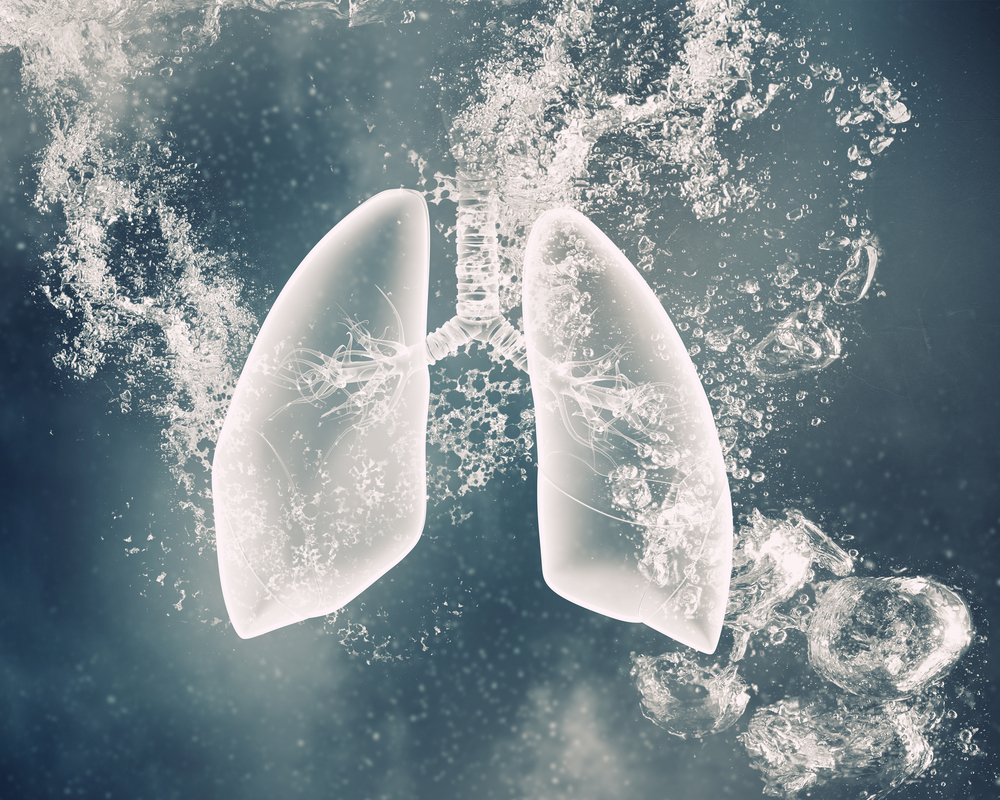Narrowing of Respiratory Airways a Common, Serious Complication of GPA, Study Shows

Tracheobronchial stenosis, a lung complication characterized by the narrowing of the trachea and bronchi, is common in patients with granulomatosis with polyangiitis (GPA) and is often the first disease symptom, researchers have found.
However, despite its frequent occurrence, there are no standardized treatment protocols for this serious complication. More prospective studies need to be designed and carried out to address this lack of knowledge, according to the researchers.
Findings were reported in the study, “Frequency, treatment, evolution, and factors associated with the presence of tracheobronchial stenoses in granulomatosis with polyangiitis. Retrospective analysis of a case series from a single respiratory referral center,” published in the journal Seminars in Arthritis and Rheumatism.
GPA is a type of ANCA-associated vasculitis characterized by necrotizing vasculitis, which refers to inflammation of the walls of small arteries and veins. The disease is multisystemic, which means it can affect a range of organs. Most commonly, GPA is known to affect the respiratory system and the kidneys.
The tracheobronchial tree is a term that refers to a system of airways in the lungs formed by the trachea, bronchi and bronchioles, which allow the passage of air into the lungs. GPA can manifest in the lungs, leading to the development of tracheobronchial stenosis (TBS) — a dangerous complication that leads to narrowing of the airways.
Because there are no standardized protocols for diagnosis and/or follow-up of TBS in GPA patients, researchers set out to conduct a retrospective analysis to describe the frequency, treatment, and evolution of TBS in GPA patients.
Among the 108 patients examined at a national referral center for respiratory diseases in Mexico, 29 went on to develop TBS.
As was previously known, researchers found that females were predominantly affected by TBS, making up 76% of the patient population. Patients were diagnosed with TBS at a mean of 29 months after diagnosis of GPA.
The main symptoms associated with TBS were difficulty in speaking, a high-pitched, wheezing sound, and difficulty breathing.
All TBS patients had tracheal involvement, and 41% had additional bronchial stenosis, indicting that multiple parts of the tracheobronchial tree were affected in many patients.
Patients also experienced manifestation of the disease in other organs and systems, including the nose (87%), musculoskeletal system (55%), eye (45%), lungs (41%), kidney (27%), skin (17%), and neurological system (13%).
At TBS diagnosis, 17 patients were positive for the cytoplasmic ANCA (PR3-ANCA/C-ANCA), and nine were positive for peripheral ANCA (MPO-ANCA/P-ANCA).
Stenosis was treated with both pharmacological therapy and surgical therapy in 17 patients. Among them, eight patients received glucocorticoid therapy, and nine were treated with immunosuppressants. The remaining patients underwent surgical therapy or endoscopic procedures only.
Patients experienced frequent relapses — 18 patients had one relapse, 11 had two, nine had three, and two patients had four or more relapses.
When analyzing factors predictive of TBS development, researchers discovered that patients with general symptoms, musculoskeletal symptoms, and rhinosinusal disease (inflammation of the sinuses) were more likely to develop TBS.
On the other hand, patients who took daily oral prednisone at a dose of 10 mg or greater and azathioprine were less likely to develop TBS.
The extent of disease — whether systemic or local — was not associated with TBS development. Levels of ANCA also appeared to have no influence on the occurrence of TBS.
“TBS in GPA is a serious, not infrequent complication for which no current standardized diagnostic, follow-up and/or therapeutic (medical, surgical or both) measures exist,” investigators concluded. “Several therapeutic approaches have been tried, but irrespective of them, no long-term relief seems to be currently at hand. Prospectively designed studies need to be undertaken to overcome this situation.”






